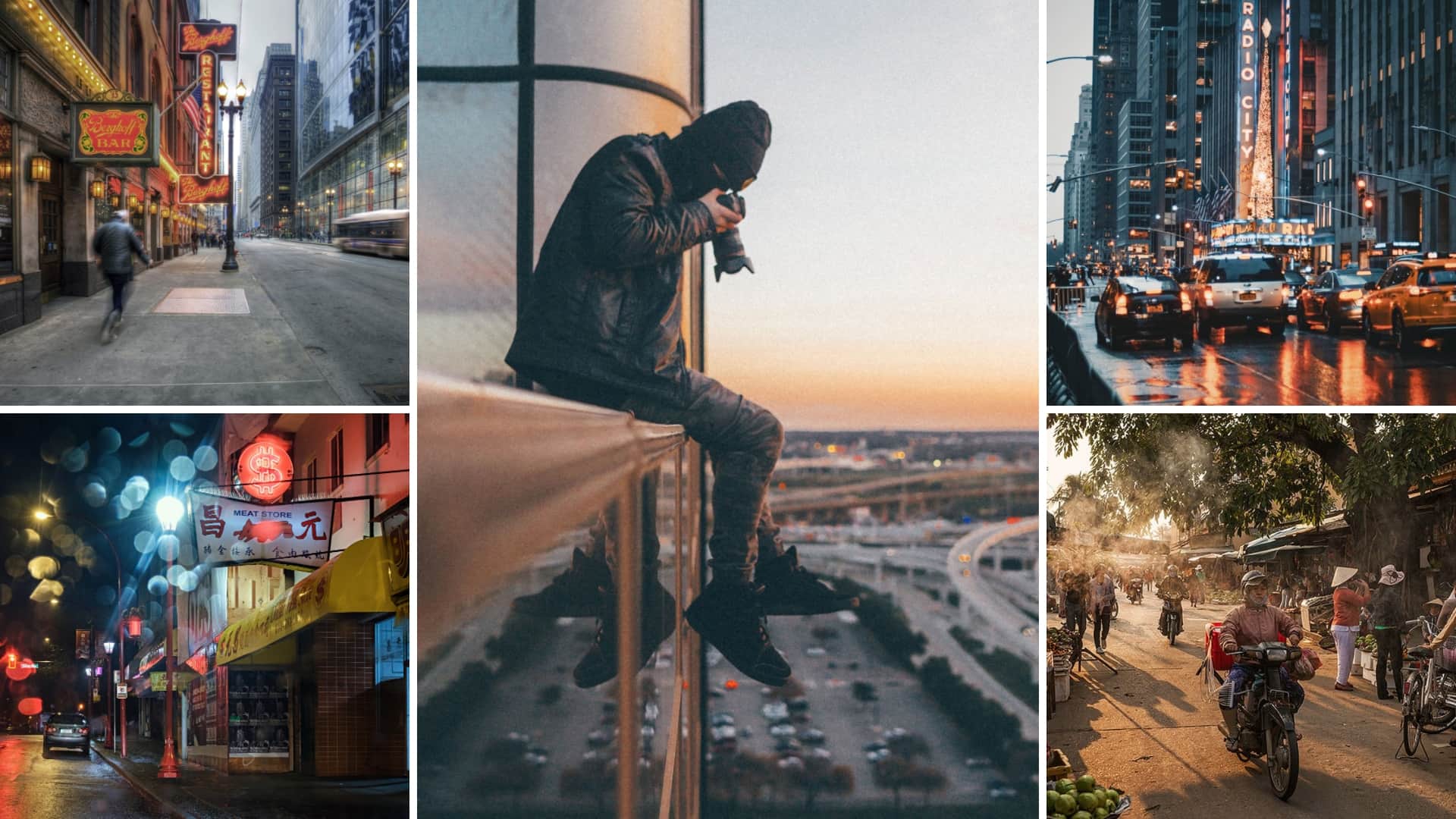Framing Streets - An Overview
The Facts About Framing Streets Revealed
Table of ContentsFascination About Framing StreetsSome Known Facts About Framing Streets.Framing Streets Can Be Fun For EveryoneSome Of Framing StreetsSome Known Details About Framing Streets More About Framing Streets
Digital photography style "Crufts Canine Show 1968" by Tony Ray-Jones Road photography (also in some cases called candid digital photography) is digital photography carried out for art or query that features unmediated possibility encounters and arbitrary incidents within public areas, normally with the purpose of catching pictures at a crucial or poignant minute by mindful framing and timing. 
, who was influenced to carry out a similar documentation of New York City. As the city established, Atget helped to promote Parisian roads as a deserving subject for photography.

Rumored Buzz on Framing Streets
Between 1946 and 1957 Le Groupe des XV every year displayed job of this kind. Andre Kertesz. Circus, Budapest, 19 May 1920 Road photography developed the significant material of 2 events at the Museum of Modern Art (Mo, MA) in New York curated by Edward Steichen, 5 French Professional Photographers: Brassai; Cartier-Bresson, Doisneau, Ronis, Izis in 1951 to 1952, and Post-war European Photography in 1953, which exported the idea this contact form of street photography globally.

The Single Strategy To Use For Framing Streets
, then an instructor of young youngsters, associated with Evans in 193839.'s 1958 book,, was substantial; raw and frequently out of focus, Frank's photos examined conventional photography of the time, "tested all the official guidelines laid down by Henri Cartier-Bresson and Pedestrian Evans" and "flew in the face of the wholesome pictorialism and genuine photojournalism of American publications like LIFE and Time".